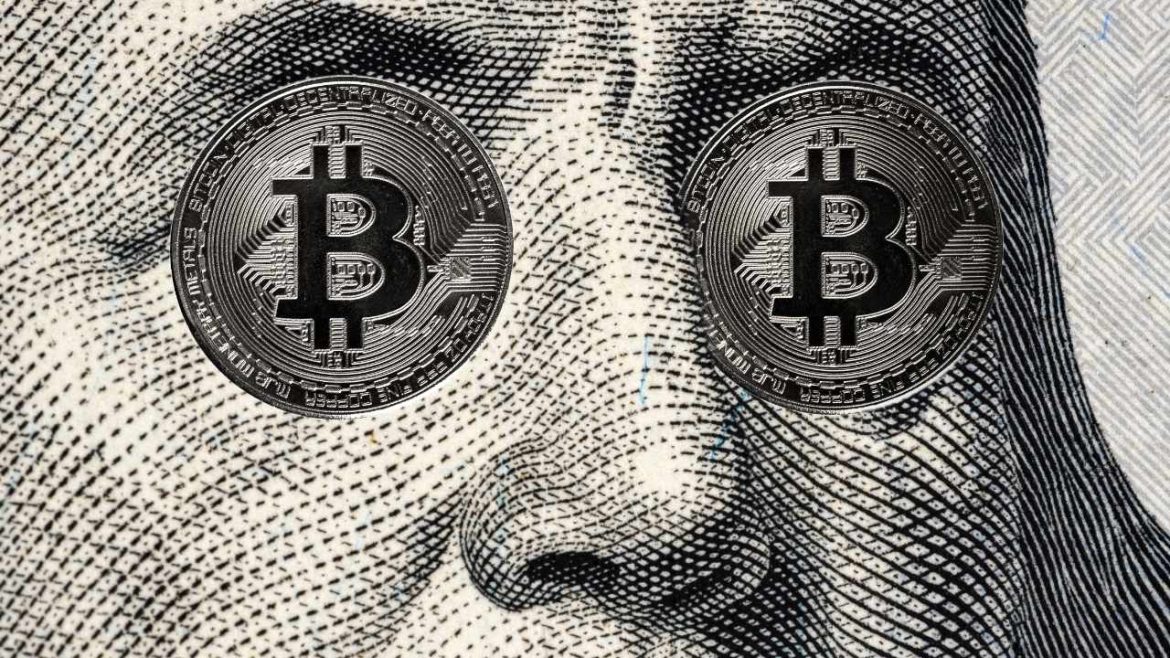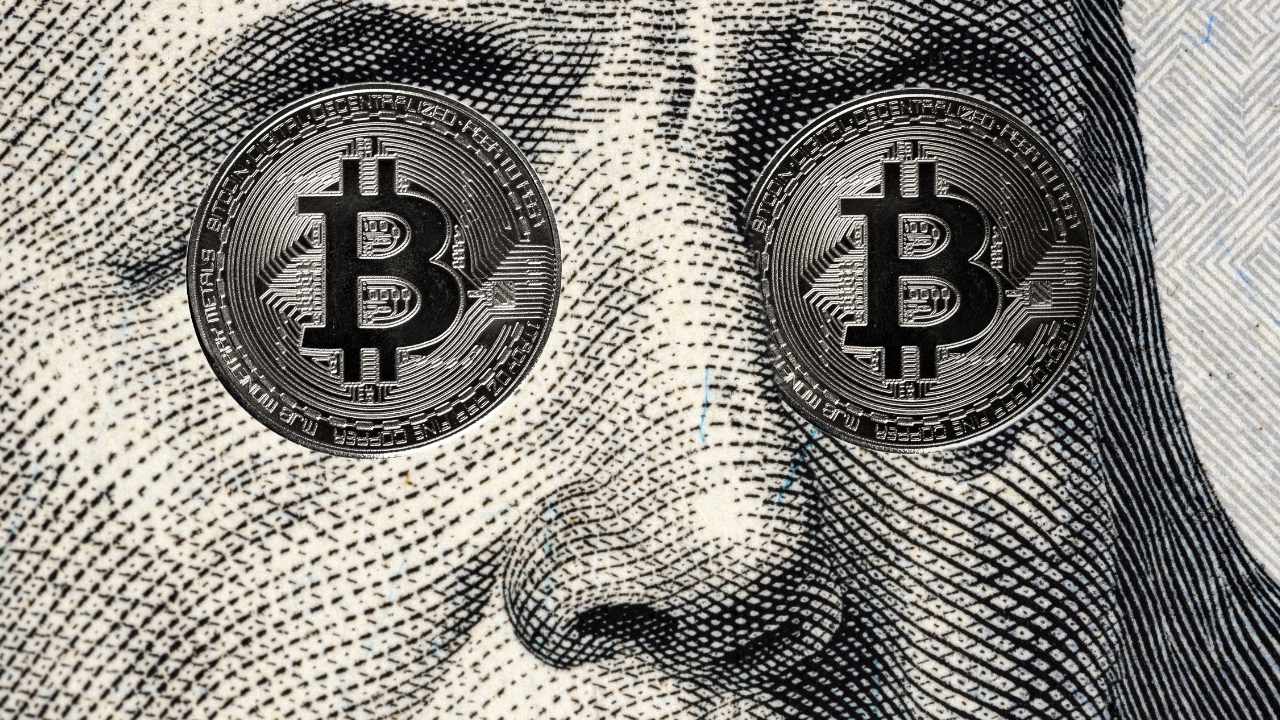Decoding Kiyosaki’s Crash Course: A Deep Dive into His Bitcoin-Fueled Predictions
The Man Behind the Predictions
Robert Kiyosaki, a name synonymous with financial education, has carved a niche for himself as a provocative voice in the world of finance. His bestselling book, *Rich Dad Poor Dad*, introduced millions to the concept of financial literacy, but it’s his bold predictions and unapologetic stance on Bitcoin that have recently captured the spotlight. Kiyosaki’s warnings of an impending economic collapse, coupled with his enthusiastic advocacy for Bitcoin, gold, and silver, have sparked intense debate. To understand his perspective, it’s essential to dissect his arguments, evaluate their validity, and explore the implications for investors.
The Impending Economic Storm: A Perfect Storm of Bubbles?
Kiyosaki’s central thesis is that the global financial system is on the verge of collapse. He paints a picture of a house of cards, ready to tumble at the slightest breeze. His concerns are multifaceted, but they can be distilled into three primary areas: fiat currency devaluation, mounting debt, and market bubbles.
Fiat Currency Concerns: The Illusion of Value
At the heart of Kiyosaki’s argument is his distrust of fiat currencies, particularly the U.S. dollar. He views fiat money as “fake money,” lacking intrinsic value and susceptible to manipulation by governments and central banks. His critique is not without merit. The Federal Reserve’s continuous money printing, a policy known as quantitative easing, has indeed led to inflation, eroding the purchasing power of savers. Kiyosaki argues that this devaluation of currency is unsustainable and will eventually lead to a loss of confidence in fiat systems.
Mounting Debt: The Ticking Time Bomb
Kiyosaki frequently highlights the unsustainable levels of national and personal debt. He believes that excessive debt burdens create systemic risk, making the economy vulnerable to shocks and downturns. His concerns are not unfounded. The global debt-to-GDP ratio has been on an upward trajectory for decades, and the COVID-19 pandemic has only exacerbated this trend. Kiyosaki specifically points to the potential collapse of the bond market as a major source of concern. He argues that when interest rates rise, the value of existing bonds will plummet, triggering a cascade of defaults and economic turmoil.
Market Bubbles: The House of Cards
Kiyosaki sees bubbles forming across various asset classes, including stocks, real estate, and even precious metals like gold and silver. He believes these bubbles are unsustainable and poised to burst, triggering a widespread market crash. His recent predictions suggest these bubbles could burst soon, leading to simultaneous price declines across different asset classes. Kiyosaki’s warnings about market bubbles are reminiscent of the dot-com bubble and the 2008 housing crisis. He argues that history is repeating itself, and investors who fail to heed these warnings will be caught off guard.
The “Biggest Crash in History”: When and Why?
While Kiyosaki has been warning about an impending crash for years, he often provides updated timelines and specific triggers. Some reports suggest he’s pointing to February 2025 as a potential inflection point, where the stock market could experience a significant downturn. However, it’s important to note that these predictions are based on his interpretation of macroeconomic trends and are not guarantees.
The “why” behind the crash remains consistent: the culmination of excessive debt, devalued fiat currencies, and inflated asset bubbles. Kiyosaki believes these factors will converge to create an economic earthquake, wiping out significant wealth for those holding traditional assets. He argues that the current economic environment is a powder keg, waiting for a spark to ignite a conflagration.
Bitcoin as a Lifeboat: A Contrarian’s Perspective
Amidst his dire warnings, Kiyosaki consistently champions Bitcoin, gold, and silver as safe havens during economic turmoil. His rationale for favoring these assets stems from their perceived scarcity and independence from the traditional financial system.
Bitcoin as “Digital Gold”
Kiyosaki often refers to Bitcoin as “digital gold,” emphasizing its limited supply of 21 million coins. He believes this scarcity makes Bitcoin a hedge against inflation and currency debasement. Unlike fiat currencies, Bitcoin is not controlled by central banks or governments, offering a degree of autonomy and decentralization. Kiyosaki’s comparison of Bitcoin to gold is apt. Both assets are scarce, durable, and have intrinsic value. However, Bitcoin’s digital nature and global accessibility make it a unique store of value in the modern era.
A Buying Opportunity Amidst the Chaos
Kiyosaki’s most intriguing stance is his plan to buy more Bitcoin, gold, and silver during market corrections. He views crashes as opportunities to acquire these assets at discounted prices. He dismisses warnings about Bitcoin crashes as “clickbait,” suggesting that these dips are merely temporary setbacks before the cryptocurrency resumes its upward trajectory. He sees a Bitcoin crash as a “100% buying opportunity.”
Kiyosaki’s strategy is rooted in his belief in the long-term resilience of Bitcoin. He argues that short-term price fluctuations are irrelevant in the grand scheme of things. Instead, he focuses on the fundamental value of Bitcoin as a decentralized, censorship-resistant asset. His approach is reminiscent of Warren Buffett’s famous advice to be “fearful when others are greedy and greedy when others are fearful.”
Real Bitcoin vs. ETFs
Kiyosaki distinguishes between holding “real Bitcoin” and investing in Bitcoin ETFs. While he acknowledges the growing popularity of ETFs, he seems to prefer direct ownership of Bitcoin, possibly due to concerns about counterparty risk and regulatory control associated with ETFs. His preference for real Bitcoin is understandable. ETFs, while convenient, introduce an additional layer of complexity and potential risk. Direct ownership of Bitcoin ensures that investors have full control over their assets, free from the influence of third parties.
Decoding the Contradictions: Is it all doom and gloom?
Kiyosaki’s message can appear contradictory at times. He warns of imminent crashes while simultaneously urging investors to buy assets that he predicts will also decline in price. This apparent paradox can be understood by considering his long-term investment horizon and his belief in the ultimate resilience of Bitcoin, gold, and silver. He sees short-term price fluctuations as buying opportunities, believing that these assets will eventually rebound and outperform fiat currencies in the long run.
Kiyosaki’s approach is not without its critics. Some argue that his predictions are overly pessimistic and that his advocacy for Bitcoin is driven by personal gain rather than genuine conviction. However, it’s essential to separate the messenger from the message. Regardless of Kiyosaki’s motivations, his warnings serve as a valuable reminder of the potential risks within the global financial system.
Beyond the Headlines: Critical Analysis and Considerations
While Kiyosaki’s warnings resonate with many, it’s crucial to approach his predictions with a critical mindset. Here are some points to consider:
Track Record
It’s essential to evaluate the accuracy of Kiyosaki’s past predictions. While he has correctly identified some economic trends, not all of his forecasts have come to fruition. For example, his prediction of a market crash in 2020 did not materialize, and his warnings about the U.S. dollar’s collapse have yet to be realized. This track record should be taken into account when assessing his current predictions.
Confirmation Bias
Be wary of confirmation bias. Kiyosaki’s pronouncements may appeal to those who already hold similar views about the financial system, leading to an echo chamber effect. It’s essential to seek out diverse perspectives and challenge one’s assumptions to avoid falling into the trap of confirmation bias.
Alternative Perspectives
It’s crucial to consider alternative economic perspectives. Many economists and financial analysts hold different views on the state of the global economy and the future of Bitcoin. For example, some argue that the current economic environment is not as dire as Kiyosaki suggests and that the global financial system is more resilient than he gives it credit for.
Risk Management
Regardless of one’s outlook, prudent risk management is essential. Diversifying investments and avoiding excessive leverage can help mitigate potential losses during market downturns. Kiyosaki’s advocacy for Bitcoin, gold, and silver should not be seen as a license to abandon traditional risk management principles.
Conclusion: Navigating the Kiyosaki Forecast
Robert Kiyosaki’s warnings about an impending economic crash, coupled with his enthusiastic endorsement of Bitcoin, gold, and silver, present a compelling, albeit controversial, narrative. While his predictions should be viewed with healthy skepticism, they serve as a reminder of the potential risks within the global financial system. Whether or not his specific forecasts materialize, his emphasis on financial literacy, diversification, and long-term investing remains valuable.
Ultimately, navigating the Kiyosaki forecast requires a balanced approach, combining critical analysis with a proactive strategy for managing risk and building wealth. His core message resonates deeply: understand the system, prepare for volatility, and seek assets that offer potential protection against the erosion of wealth. The future remains unwritten, but informed preparation is the best defense against any economic storm.





